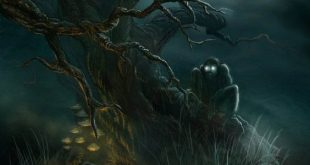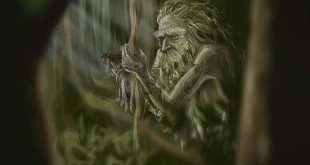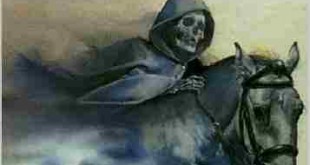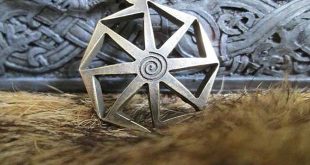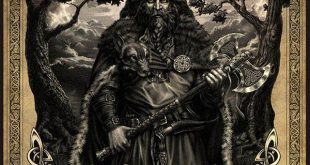Among all the beasts from the slavic areas, that are mentioned in folk myths, Drowner is the most recognizable and there’s a lot of information about him, that have been kept. Drowners are known under several names – utopnik, utoplec, utopek, topek, topielec (drowned dead, drowned man), waserman, vodyanoi – …
Read more...Redakcja Słowiański Bestiariusz
Leshy – the forest guardian
Depending on the Slavic area, Leshy is also known as laskowiec, sylvan, boruta (might be connected with Bies) and as a forest old man or forest Likho (the etymology of the words Likho and Leshy is quite similar). A forest protective demon/ghost is its lord and a master of living …
Read more...Wild Hunt
Wild Hunt- otherwise called wild hounding or wild raid. It’s a very old and at the same time very common myth, that shows up in every indo-european folk, its idea was changing , depending on geographic area and the historical period of the culture. Wild Hunt was, most commonly, imagined …
Read more...Kolovrat / Svarga – meaning of symbol
Svarga – also known as swiaszczyca, swarzyca, swarozyca, or an eight-armed kolovrat, is probably the best known and the most common slavic symbol (the oldest finds from the Polish areas containing this symbol are dated to even three thousand years before Christ). Svarga is one of the swastika variants, so …
Read more...Perun – thundering superior of gods
One of the main slavic deity, often acting as a head of other gods (like Zeus or Odin, unfortunately, slavic gods aren’t as well known). His partner, Perperuna is usually identified with the forces of fertility. The name Perun should, obviously, associate you with something, namely with lightning (lightning in …
Read more... Słowiański Bestiariusz Kompendium wierzeń, demonologii, symboli i bóstw słowiańskich. Poruszamy również tematy dotyczące medycyny ludowej i życia codziennego Słowian.
Słowiański Bestiariusz Kompendium wierzeń, demonologii, symboli i bóstw słowiańskich. Poruszamy również tematy dotyczące medycyny ludowej i życia codziennego Słowian.

